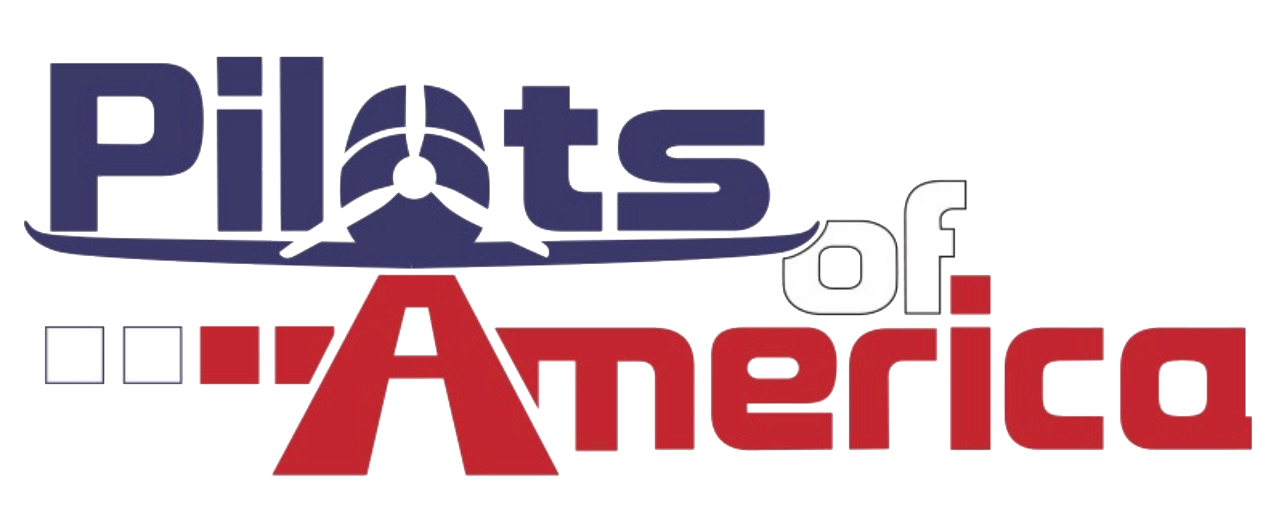Alessandro
Filing Flight Plan
- Joined
- Mar 22, 2022
- Messages
- 2
- Display Name
Display name:
Mendicanted’aria
Total time SMOH 970 (15 years ago) Total on 4 cylinders 360 (8 years ago).
Good afternoon all,
Recently bought a C150 to fly around for fun. I love it but since it was only flying 20 to 40 hours a year for the last 10 years I decided to do an early oil change (11.5 hours). I logged these in the last 12 days. I decided not to remove the screen as I had little hours on it. Sent a sample out to test. Here are the results….
Alluminum - 8ppm
Iron - 62.73 (Flagged as Caution)
Copper - 8.08
Nickel - 1
Chromium - 1
Silver- <1
Silicon- 8
Am I screwed? I really don’t want a to do a MOH yet.
Good afternoon all,
Recently bought a C150 to fly around for fun. I love it but since it was only flying 20 to 40 hours a year for the last 10 years I decided to do an early oil change (11.5 hours). I logged these in the last 12 days. I decided not to remove the screen as I had little hours on it. Sent a sample out to test. Here are the results….
Alluminum - 8ppm
Iron - 62.73 (Flagged as Caution)
Copper - 8.08
Nickel - 1
Chromium - 1
Silver- <1
Silicon- 8
Am I screwed? I really don’t want a to do a MOH yet.
